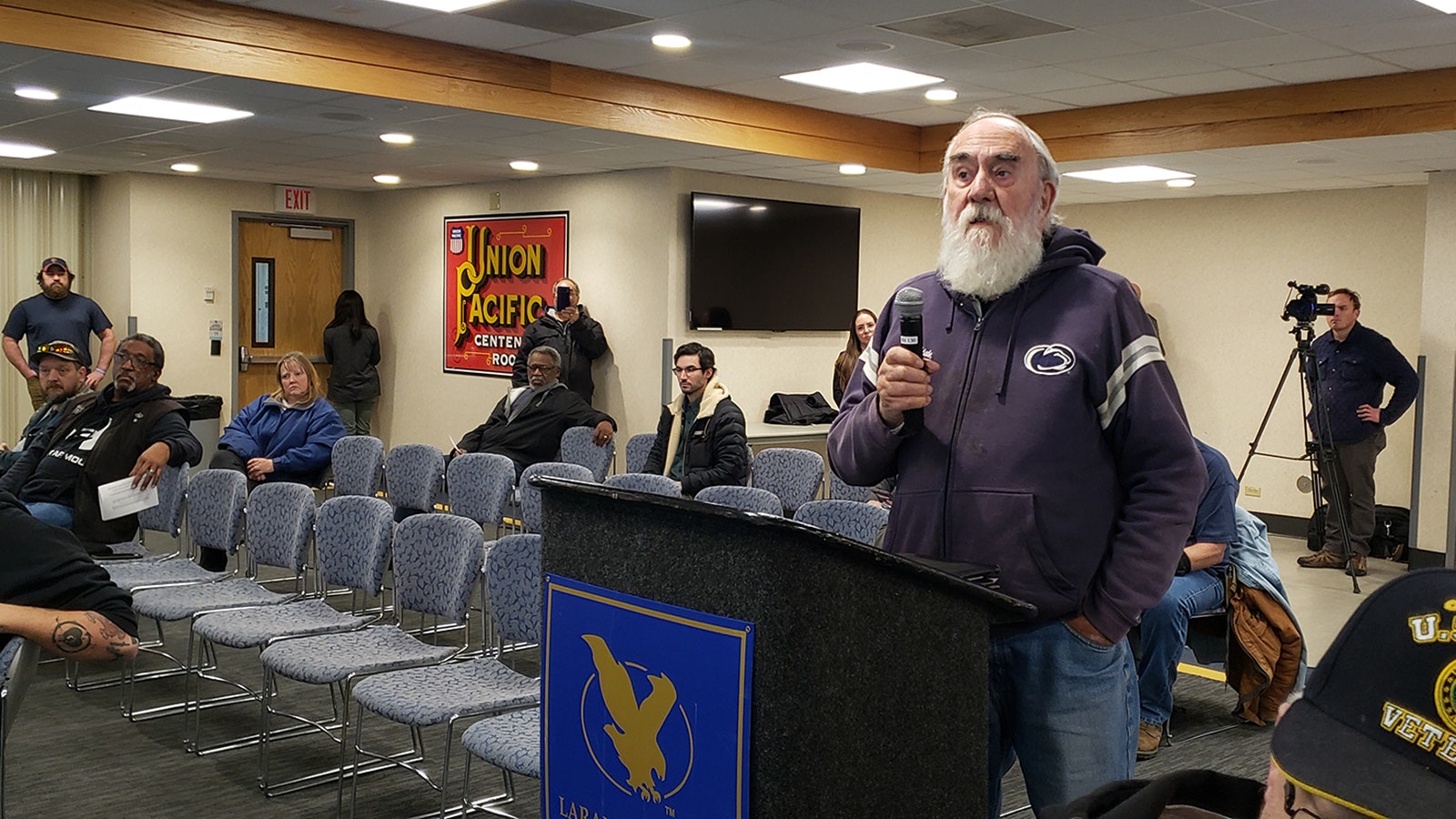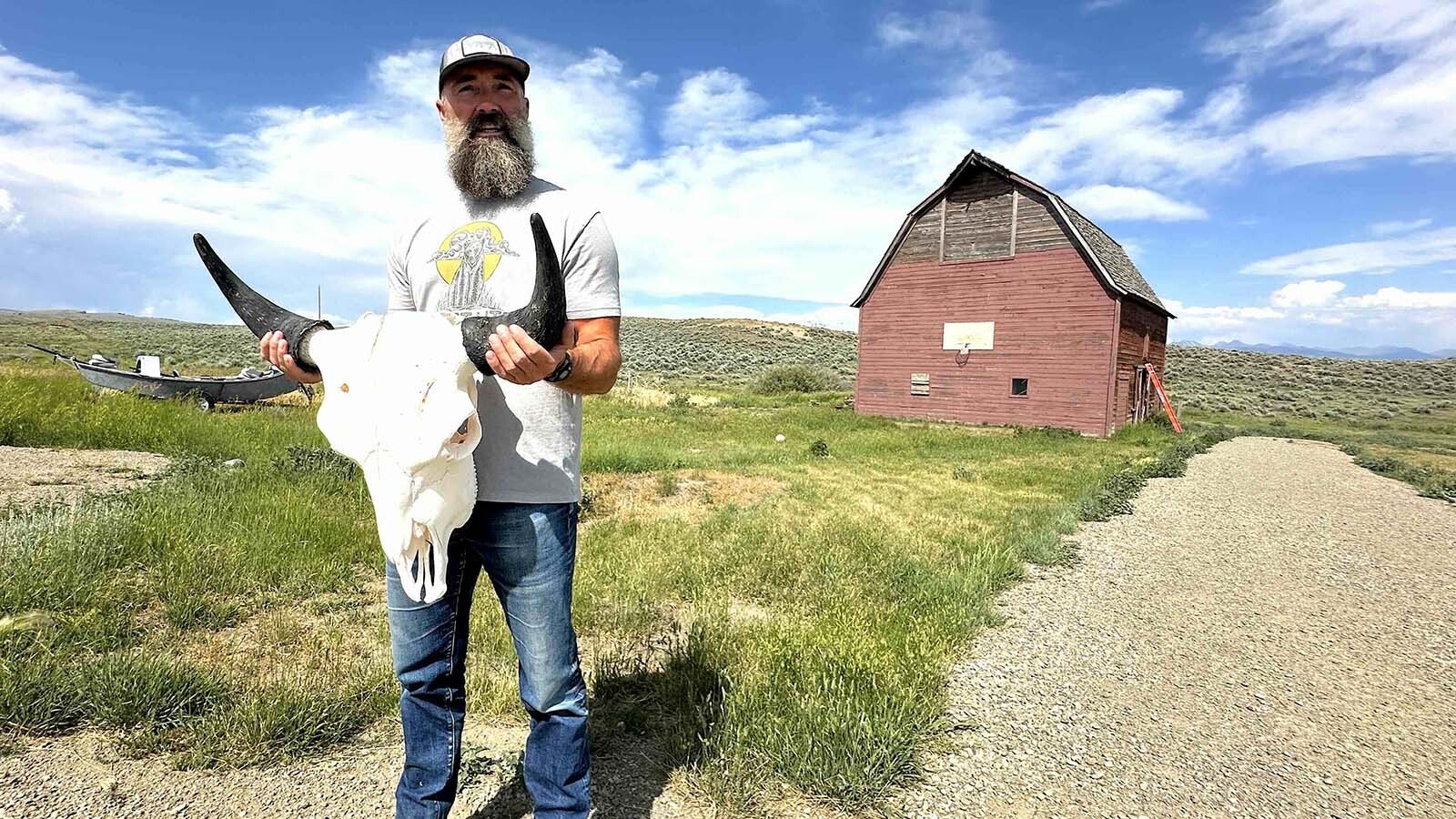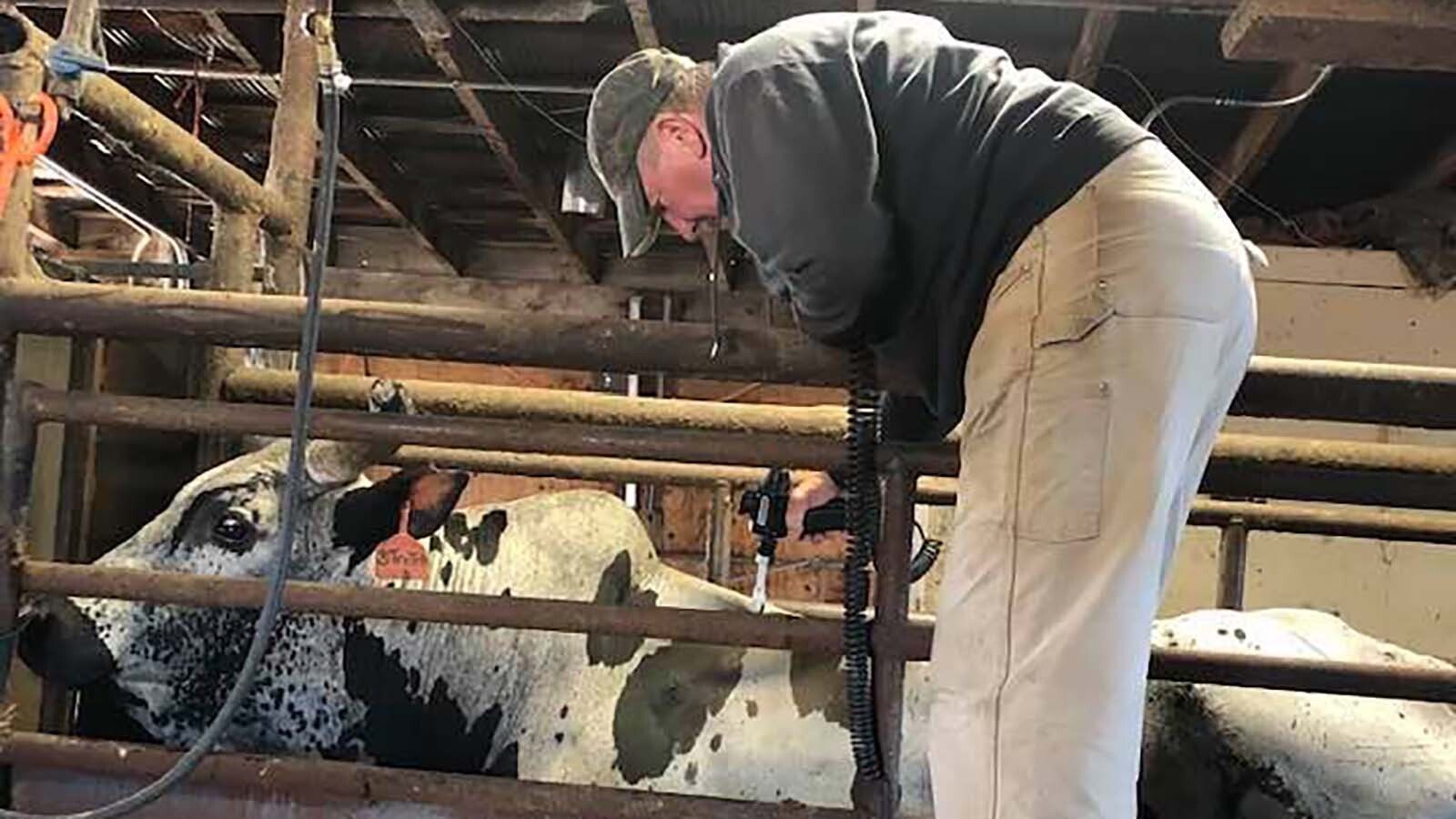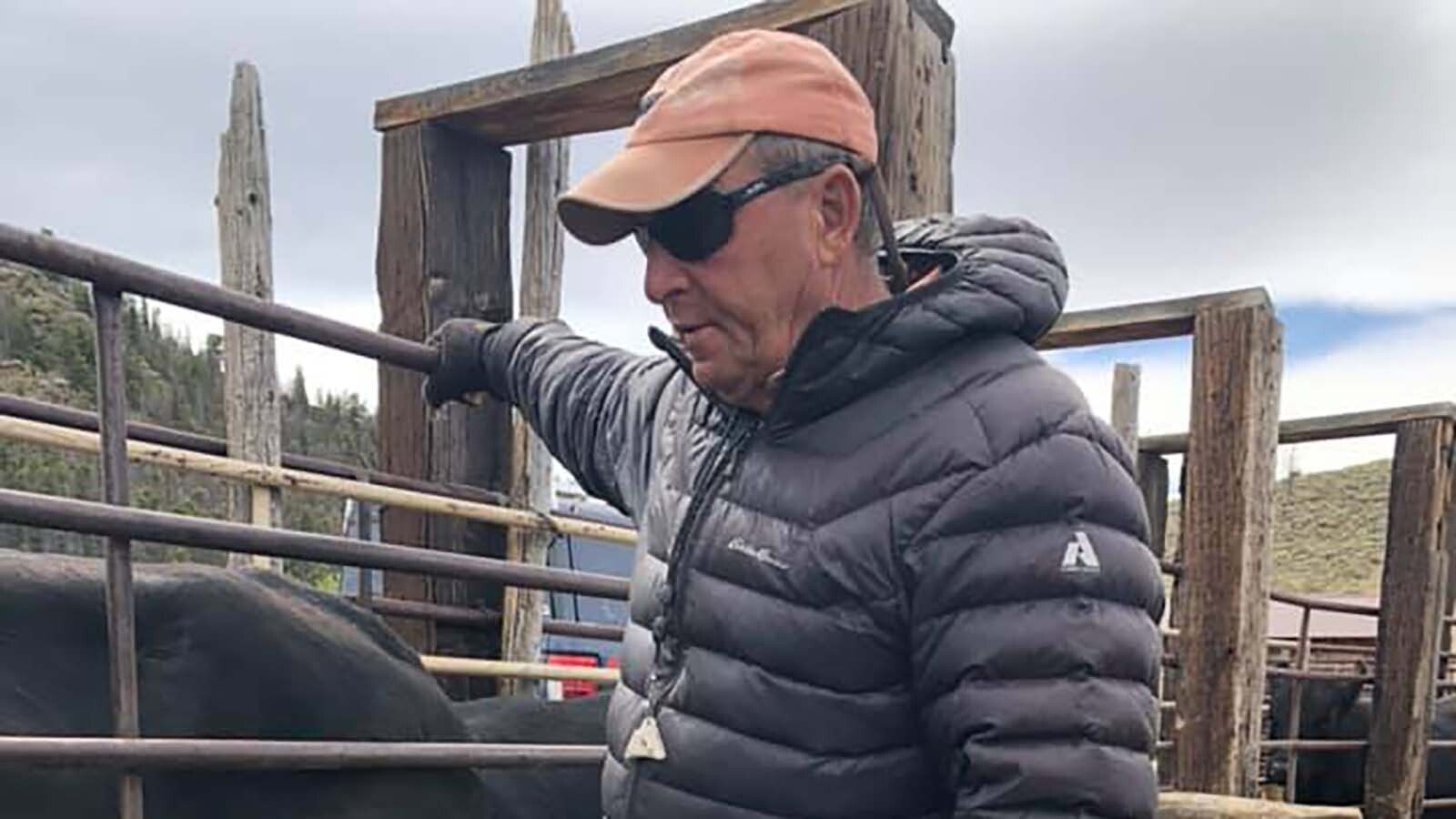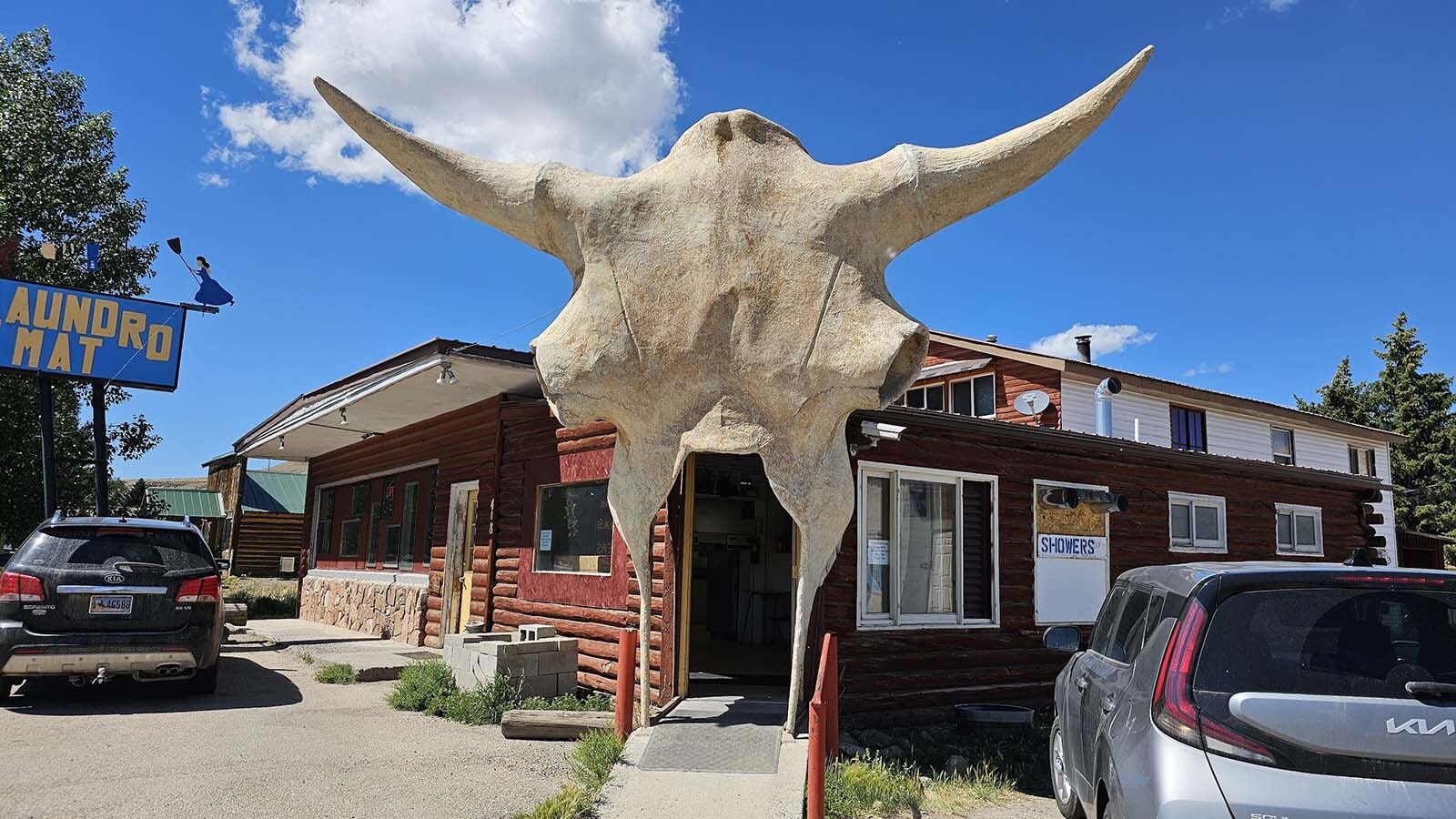Not only is the U.S. Postal Service likely to move mail processing from Cheyenne to Denver, but it’s also considering that at least some mail processing now done in Casper will move to Billings, Montana.
Changes to the Casper service were among new pieces of information that came to light during a public forum Tuesday afternoon at Laramie County Community College to collect public comments on preliminary findings of a facilities review in Cheyenne.
Ricci Roberts, branch president of the Cheyenne mail handling unit, mentioned that detail as she was discussing what she believes the changes will mean in the Cowboy State.
“Let me just make it clear that they are not stopping here,” Roberts said of proposed changes to Cheyenne’s mail service. “They’re taking the entire state.”
To track what’s likely to happen in Cheyenne, Roberts has been following along with what’s been happening in Provo, Utah.
“Their numbers have been kind of following ours,” she said, adding that the wording for changes at Cheyenne are mirrored by “very cut-and-paste verbiage” in the documents that describe the changes in Provo.
In Provo, the loss of “craft” employees is estimated to be eight, Roberts said. But it turned out the actual number of people whose jobs were affected was more like 51.
“When I pulled up Provo’s information, what I found out they did there is they excessed, or got rid of, 51 people,” Roberts told Cowboy State Daily after the meeting. “So, they were able to relocate 43 of them. So the 51 minus 43 is eight, and so that’s where they came up with that number.”
Roberts believes postal officials are using similar math in Cheyenne when they estimate there will be a loss of four “craft” employees.
That estimate, meanwhile, has already changed.
During Tuesday’s meeting, Beau Meyer, who identified himself as a division manager, said there would be a loss of seven “craft” positions.
Making Mail Delivery Great Again
Meyer read talking points similar to those previously reported by Cowboy State Daily, which have been released online as part of a FAQ sheet on preliminary findings for Cheyenne’s facility review, as well as several other facilities across the nation.
That listing did not include any information about plans mentioned by Roberts to move Casper mail processing activities to Billings, nor did postal officials have anything to say about that information during the meeting.
“Based on the initial facility review, the (Cheyenne) facility is not closing,” Roberts said. “It will be repurposed as a local processing center.”
As part of that, local mail and flat letter sorting will remain in Cheyenne, while operations involving outgoing mail and packages will move to the Denver Regional Processing and Distribution Center.
“We are pleased to be investing in the Cheyenne facility and keeping it open as an LPC,” he said. “We expect the new LPC to have minimal change to customer service.”
Meyer added that no career employee layoffs are planned as part of the initiative.

Changes Here Are Part Of Nationwide Effort
The changes to the Cheyenne postal services, as well as whatever changes are coming to Casper, are part of a greater whole. Nationwide, the “Delivering For America” Plan will invest $40 billion into what postal officials have described as modernizing the postal service and making it more effective.
“This investment supports our efforts to modernize the nation’s aging and outmoded postal network and to achieve our goal of 95% on-time delivery across all mail products,” Meyer said.
LPCs, Meyer added, are an essential component of this new network the postal service is building.
According to online information the postal service has so far released about the plan, the LPCs will connect mail to one of 60 Regional Processing and Distribution Centers, announced in June, which will have larger capacity to handle all the mail transported in and out of their regions.
Regional Processing and Distribution Centers will sort all mail and packages that are being sent to other regions, as well as packages for delivery in their regional areas, and they will be hubs for the postal service’s long-distance transportation.
Each RPDC will have at least two, and sometimes more, LPCs that will sort letters and flats to individual mail carrier routes in their areas.
Meyer said the changes will capture “significant operational and logistical savings.”
The Cheyenne facility “requires significant investments to correct for the years of deferred maintenance, removal of equipment and features no longer necessary for the intended operations,” Meyer added. “We will make it a better place for our workers to move the mail.”
How Can The Change Mean More Timely Deliveries?
Barry Cole, a postal customer from Encampment, came to the public forum Tuesday afternoon with a lot of questions about what he feels is essentially a downgrade to Cheyenne’s mail processing, since it’s going from what used to be similar to a regional processing distribution center to what will be a smaller, local processing center.
Cole wasn’t the only one with that question, but postal officials didn’t directly address any questions at all. The public forum was just for taking public comments, Cole and other participants were told at the start of the meeting. It was not intended to answer questions about the preliminary findings.
Officials conceded they might answer a question here and there, but stressed that the focus would be on collecting public comments, not explaining anything in more detail.
“I’d like to hear more about what’s prompting this,” Cole told the officials. “Because I’ve experienced the government saying we’re going to save money and we lost money every time something like this popped up in the last 60 years.”
For an example, Cole pointed to a decision to move U.S. Forest Service facilities from Encampment to Saratoga some years ago.
“They had to replicate all the facilities they closed in Encampment,” he said. “So, you and I as taxpayers ended up eating about $2 million dollars. All that was necessary to keep that agency open already existed in Encampment, but they went ahead, without anybody substantiating the necessity of it other than the local ranger, who wanted better control of his people and moved everything to Saratoga.”
Cole doesn’t believe anything positive will result from moving mail processing services from Cheyenne to Denver, and he doesn’t see how it will make things any faster or better for Wyoming residents affected by the change.
“As it stands right now, I’m probably looking at five days from the time something’s mailed to the time I get it,” he said. “And I know there are a lot of people — I’m not one of them — that rely on the mail to get their medication. The last thing you guys need is to make it longer, because then we as the public are at the beck and call of you folks.”
Timing Of Meeting Questioned
Some members of the public were upset about the timing of the meeting, at 2 p.m. during the middle of a working day.
That meant a lot of working people who are affected by the changes had no real opportunity to be part of the meeting, including postal employees who will be directly affected by the changes.
“That smells kind of funny to me,” Jeff Sheffield said. “You have all sorts of people in the union that they’re not going to be able to be here. You’re doing this at the worst time of the year for these people. They are busting their butts right now at Christmastime.”
Others were concerned about how the proposal to downgrade Cheyenne’s facility from a processing and distribution center to a local processing center looks for a city that’s the capital of its state, and a growing one at that.
“I don’t know if you guys are aware, but like, two very big tech companies are coming to Cheyenne, Wyoming,” LCCC IT student Shawn Broad told postal officials. “And they’re the big two. I’m pretty sure they probably would like a full-service post office, not just a local processing station.”
The nearby military base may also draw in more population in coming years as the nuclear missiles it manages are upgraded.
Broad wondered if the postal services analysis has taken any of this into account, and suggested that analyses should have been shared with the public before holding a public comment session.
“There’s going to be more jobs, more high-paying jobs,” he said. “So, we’ll go from breaking down our post office and spending all this money on this renovation to go in five years and reset it back up. Because Cheyenne is going to grow over time. It’s going to blow up in the next 10 years.”

Renée Jean can be reached at renee@cowboystatedaily.com.

